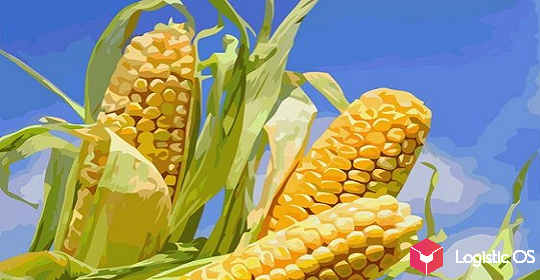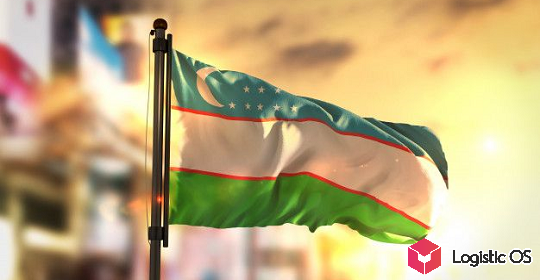Global warming is approaching Russia 2.5 times faster than the whole world.
This pattern is primarily due to the fact that there is a lot of land in the country and few water bodies that could accumulate heat.
In 2019, the average annual temperature in Russia exceeded the norm by 2.07 degrees, based on the analysis of data from 1961-1990.
On average, the country has warmed by 0.47 degrees over 10 years, while the global indicator is 0.18 degrees.
And for a while, stable warming played into the hands of farmers — from 1990 to 2009, Russia steadily increased grain production and took leading positions in the world export market.
But in 2010 the first drought struck, and a third of the grain harvest was lost. In 2012, losses amounted to a quarter of the harvest.
And then either droughts or heavy rainfall began to happen more and more often: in 2019, 19 constituent entities of the Russian Federation declared an emergency regime.
And this summer in the Krasnodar Territory, which grows 90% of Russian rice, the risk of losing most of the harvest loomed with the sword of Damocles.
As you know, the water supply system for rice paddies in the Kuban is very expensive and complex.
It feeds on the waters of the rivers that accumulate in the Krasnodar reservoir for a whole year: in winter, water is collected in it, blocking the dam, and in spring it is drained, thereby flooding the rice paddies.
This scheme has been working successfully since 1970.
But now the Krasnodar Sea has shallowed to a critical level: 200 million cubic meters.
In its «normal» state, this level is about 10 times higher. So the current amount is considered «dead», because it does not allow regulating the flow and letting water through the irrigation system.
To eliminate the critical situation, the drains of the Big Stavropol Canal were transferred.
This made it possible to predict not such a critical loss of yield: if earlier rice growers could lose from 30 to 50 thousand hectares of crops with a total area of 127 thousand hectares, now the losses may amount to 5-7 thousand hectares of late-ripening varieties.
But risks still remain: the checks were last flooded on August 12, and whether the water can hold out until harvest is a big question.

Experts predict the expected rice harvest in the region of 800,000 tons.
This should be enough for domestic consumption: on average, Russia consumes 530-540 thousand tons of rice grain annually.
In general, Russia will produce about 1 million tons of raw rice. The output of cereals is about 70%, that is, 700,000 tons.
Thus, this amount exceeds the required by 150-200 thousand tons, which can be exported (according to the platform Logistic OS in the past exported 176 thousand tons).
It is unlikely that the drought will have a significant impact on the rise in prices: sharply soaring prices at the peak of the pandemic amid deferred demand continue to move downward.
In addition, there are large carryover stocks from last year.
The price peaked on April 20, 2020 — 51,400 rubles per ton.
As of August 20, the cost of a ton of rice was 37,000 rubles. This is below the indicators of 2019 (48,000 rubles).
In general, the warming trend is not good for farmers, especially in the South of Russia.
According to research, climatic risks of crop shortages are growing in the Central, South and North Caucasian Federal Districts.
And for the Astrakhan, Volgograd regions and the Republic of Kalmykia, the forecast is even worse.
According to scientists, in 30 years in the Volgograd Region, Krasnodar and Stavropol Territories, it will be difficult to grow traditional crops for these areas.

